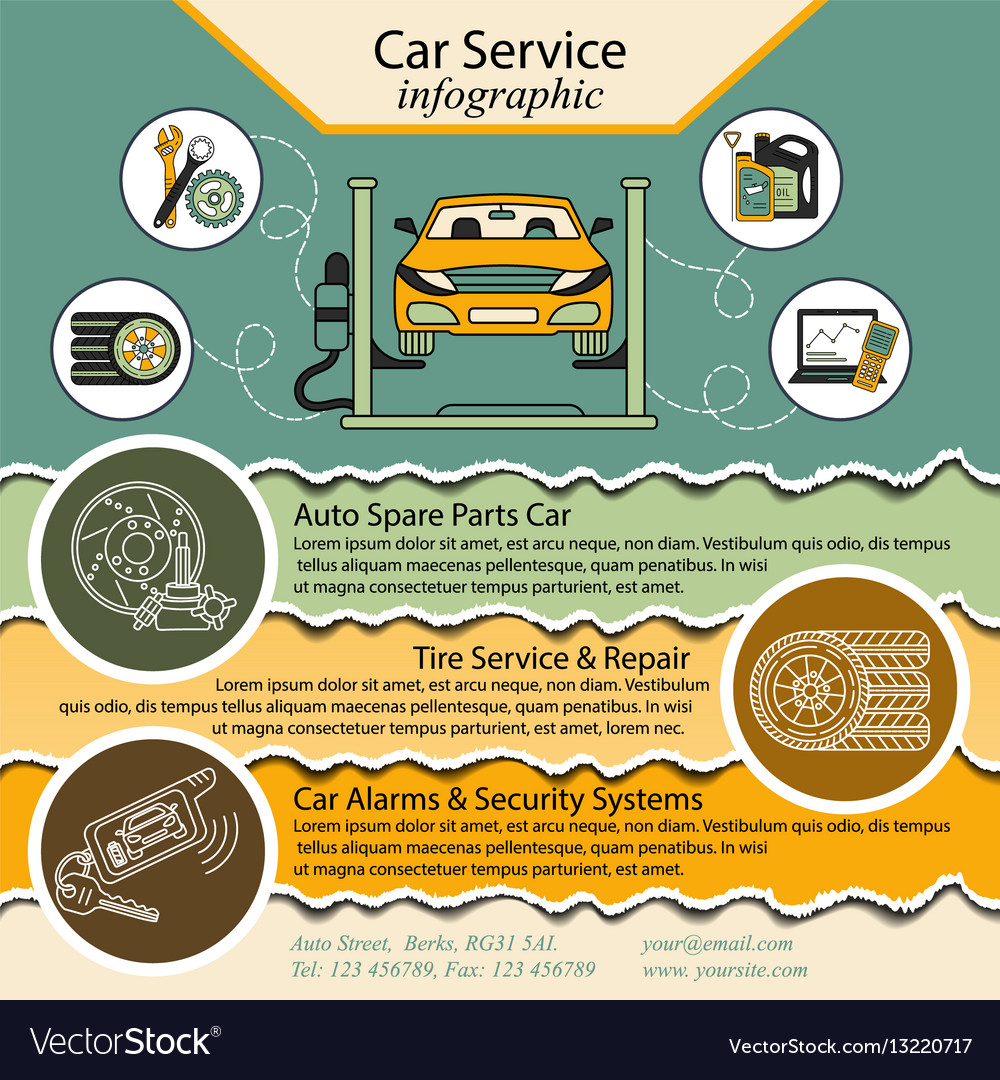Looking For Clearness On The Warning Lights Displayed On Your Automobile'S Dashboard? Find Out How They Relate To Your Lorry'S Health And Safety
Looking For Clearness On The Warning Lights Displayed On Your Automobile'S Dashboard? Find Out How They Relate To Your Lorry'S Health And Safety
Blog Article
Material Composed By-Hartley Winters
When you're behind the wheel, those glowing caution lights on your dashboard can be a bit difficult. Do you recognize what they're attempting to inform you about your automobile's health and wellness? Recognizing https://caidennmhbw.snack-blog.com/31152515/10-key-recommendations-for-picking-one-of-the-most-reliable-automobile-service-center-in-your-vicinity of these lights is crucial for your safety and security and the durability of your automobile. So, the next time one of those lights pops up, wouldn't you want to analyze its message accurately and take the necessary actions to resolve it?
Common Warning Lights and Interpretations
Recognize common warning lights in your auto and understand their meanings to guarantee risk-free driving.
The most normal warning lights consist of the check engine light, which signifies concerns with the engine or exhausts system. If this light begins, it's vital to have your automobile checked without delay.
The oil pressure advising light shows low oil stress, needing immediate focus to prevent engine damages.
A blinking battery light might recommend a damaged billing system, possibly leaving you stranded if not dealt with.
The tire pressure tracking system (TPMS) light informs you to low tire pressure, affecting automobile security and fuel efficiency. Ignoring this might bring about unsafe driving problems.
The abdominal muscle light suggests a trouble with the anti-lock braking system, endangering your ability to quit promptly in emergencies.
Lastly, https://www.thereporteronline.com/2022/02/15/ambler-business-community-firefighters-hit-hard-by-auto-shop-blaze alerting light warns of engine overheating, which can cause extreme damages if not solved promptly.
Understanding these usual warning lights will certainly aid you resolve concerns quickly and maintain safe driving problems.
Significance of Prompt Attention
Understanding the typical warning lights in your car is just the first step; the relevance of immediately addressing these cautions can't be emphasized enough to ensure your safety when traveling.
When a caution light illuminates on your control panel, it's your vehicle's way of interacting a potential issue that requires focus. Overlooking these cautions can cause more severe troubles down the road, jeopardizing your security and potentially costing you more out of commission.
Motivate attention to cautioning lights can prevent failures and crashes. For instance, a flashing check engine light could suggest a misfire that, if left neglected, can cause damage to the catalytic converter. Resolving this quickly can save you from a pricey repair work.
Similarly, a brake system advising light may signify reduced brake liquid or worn brake pads, crucial components for your safety when driving.
Do It Yourself Troubleshooting Tips
If you notice a caution light on your control panel, there are a couple of do it yourself fixing tips you can attempt before looking for specialist help.
The very first step is to consult your car's guidebook to understand what the details warning light shows. Occasionally the concern can be as simple as a loosened gas cap activating the check engine light. Tightening the gas cap might deal with the issue.
One more typical problem is a low battery, which can set off numerous warning lights. Checking the battery connections for deterioration and guaranteeing they're safe may take care of the trouble.
If a warning light continues, you can try resetting it by detaching the automobile's battery for a couple of mins and afterwards reconnecting it. Additionally, examining your automobile's liquid levels, such as oil, coolant, and brake liquid, can help troubleshoot cautioning lights connected to these systems.
Conclusion
To conclude, recognizing your automobile's caution lights is necessary for keeping your vehicle running smoothly and safely. By immediately addressing these informs and recognizing what they imply, you can prevent pricey repairs and prospective break downs.
Keep in mind to consult your automobile's manual for particular information on each warning light and act as necessary to make certain a hassle-free driving experience.
Keep educated, stay risk-free on the road!
